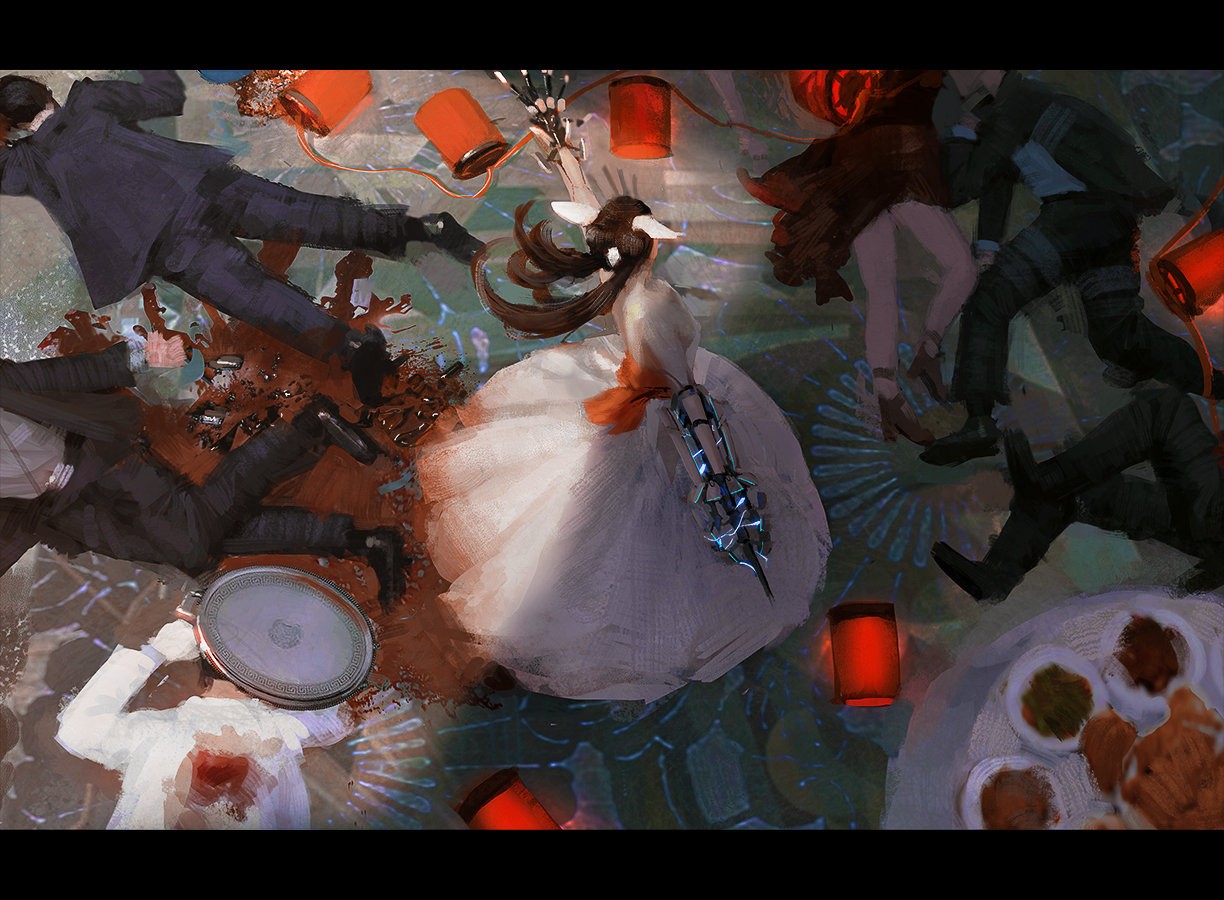

The X Files and Supernatural directly tackled the Mary myth on screen. Mirrors and reflections, a regular fixture in uncanny literature play parts in Clive Barker's The Forbidden, which went on to be the film Candyman, while Ringu, by Koji Suzuki, substitutes a mirror for a television set. Some links have also been made to Queen Mary I as she suffered multiple miscarriages during her reign. This evolved into something more gory – groups invoking a bleeding spirit or witch called Mary. In the earliest versions, an unmarried woman would see the face of her future husband in the glass or a skull if she were destined to die before being wed. Perhaps the most famous modern myth, this tale suggests that if you are to look in the mirror and say "Bloody Mary" a specified number of times, something will happen. Here I present 10 of the scariest urban legends and examine their roots and influence. When citing long sections of poetry (four lines of verse or more), keep formatting as close to the original as possible.My new novel, Say Her Name is my version of the most famous urban legend of them all, the "Bloody Mary" curse. Inquiries were made as to how it got there I was obliged to confess, and in recompense for my cowardice and inhumanity was sent out of the house.

Earnshaw's door, and there he found it on quitting his chamber. By chance, or else attracted by hearing his voice, it crept to Mr. Nelly Dean treats Heathcliff poorly and dehumanizes him throughout her narration: They entirely refused to have it in bed with them, or even in their room, and I had no more sense, so, I put it on the landing of the stairs, hoping it would be gone on the morrow. (You should maintain double-spacing throughout your essay.)įor example, when citing more than four lines of prose, use the following examples: When quoting verse, maintain original line breaks. Your parenthetical citation should come after the closing punctuation mark. Start the quotation on a new line, with the entire quote indented 1/2 inch from the left margin while maintaining double-spacing. Long quotationsįor quotations that are more than four lines of prose or three lines of verse, place quotations in a free-standing block of text and omit quotation marks. Question marks and exclamation points should appear within the quotation marks if they are a part of the quoted passage, but after the parenthetical citation if they are a part of your text.įor example, when quoting short passages of prose, use the following examples:Ĭullen concludes, "Of all the things that happened there / That's all I remember" (11-12). Punctuation marks such as periods, commas, and semicolons should appear after the parenthetical citation. Provide the author and specific page number (in the case of verse, provide line numbers) in the in-text citation, and include a complete reference on the Works Cited page.

To indicate short quotations (four typed lines or fewer of prose or three lines of verse) in your text, enclose the quotation within double quotation marks. Please note that all pages in MLA should be double-spaced. Below are some basic guidelines for incorporating quotations into your paper. When you directly quote the works of others in your paper, you will format quotations differently depending on their length. This resource, updated to reflect the MLA Handbook (8 th ed.), offers examples for the general format of MLA research papers, in-text citations, endnotes/footnotes, and the Works Cited page. MLA (Modern Language Association) style is most commonly used to write papers and cite sources within the liberal arts and humanities.


 0 kommentar(er)
0 kommentar(er)
